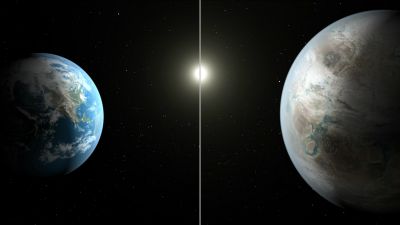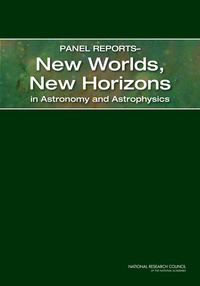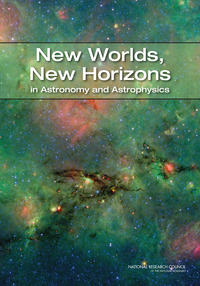
Credit: NASA/JPL-Caltech/T. Pyle
This week NASA announced the discovery of Kepler 452-B, the most Earth-like exoplanet found to date through the Kepler project. What technology do we need in order to learn about this planet? How can we look for more planets like this, in the “goldilocks” habitable zone of their solar systems? The Panel Reports for the decadal survey New Worlds, New Horizons in Astronomy and Astrophysics addressed these questions and made recommendations for research and technology needs to advance our knowledge. These books as well as others in our collection on Space Exploration are free to download.
Every 10 years the National Research Council releases a survey of astronomy and astrophysics outlining priorities for the coming decade. The most recent survey, titled New Worlds, New Horizons in Astronomy and Astrophysics, provides overall priorities and recommendations for the field …
Driven by discoveries, and enabled by leaps in technology and imagination, our understanding of the universe has changed dramatically during the course of the last few decades. The fields of astronomy and astrophysics are making new connections to physics, chemistry, biology, and computer …

